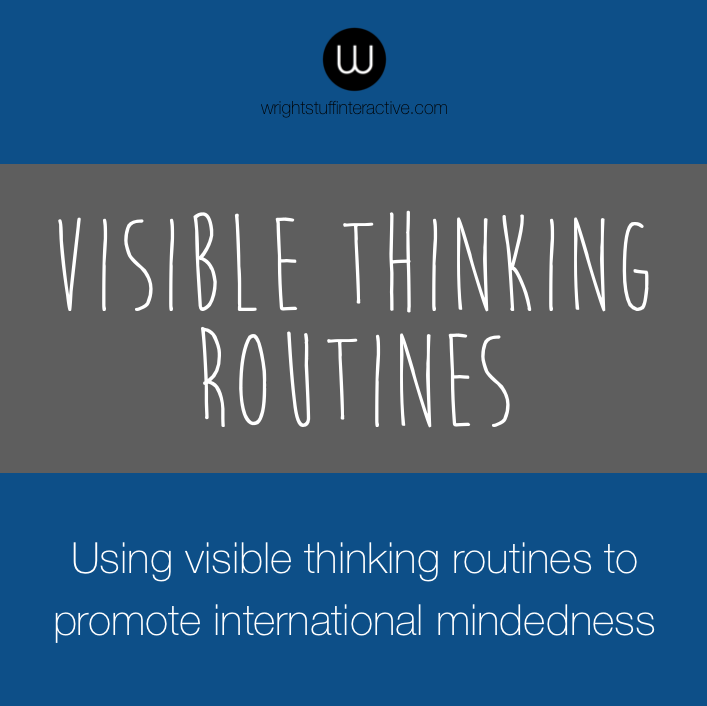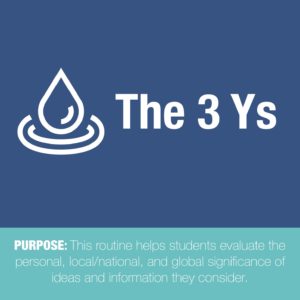
International mindedness, intercultural learning, global competence… all these terms are slight variations on a theme, an ever growingly important aspect of modern life: you are one of many people on this earth and there are people out there that think differently to you; not because they are evil or even unkind, ignorant or better informed, educated or not, not even because they are WRONG or RIGHT… just because they think differently.
I didn’t really understand this myself until I left Australia. I was brought up on the coast, south of Sydney and anyone from Australia knows that the Sutherland Shire in the 90s at least, isn’t exactly famous for its multiculturalism. Therefore it would be accurate to say that my life experience and education hadn’t really prepared me for an international life. Moving to South Korea was double culture shock; obviously from the Korean culture that surrounded us but also from the Americans I found myself working with. They may speak the same language (sort of) and generally look the same (again, sort of) yet the shock I felt working with an almost entirely American teaching staff was as powerful, if not more so, than the culture of the country we were living in.
So, people have expectations of mannerisms, language, beliefs, structures, processes, and the such… how do we prepare our children to successfully navigate this minefield of preconceptions?
What exactly are we talking about here?
Here I would like to bring together all the definitions.
My schools definition of Intercultural Learning:
Intercultural Learning challenges students to learn from different cultures and to deepen their understanding, acceptance and respect for diverse groups of people. It allows students to develop their own cultural identity and to facilitate open-minded discussion. This enhanced level of communication helps engage students in tackling global issues.
My schools definition of Global Citizenship:
Global Citizenship is about understanding the ongoing and inevitable global opportunities and challenges we face. Global learners develop awareness and respect that motivates them to take action in relation to the complexities of the world.
According to Veronica Boix Mansilla, Principal Investigator and Steering Committee member at Project Zero: Harvard Graduate School of Education;
Global competence is the capacity and disposition to understand and act on issues of global significance. Globally competent students are curious about and engaged in the world. They are increasingly able to investigate the world beyond their immediate surroundings, understand their own and others’ cultural perspectives, communicate across differences, and take action to improve conditions.
Finally, according to Dr Chris Müller and published on the IB website;
International Mindedness is a view of the world in which people see themselves connected to the global community and assume a sense of responsibility to its members. It is an awareness of the inter-relatedness of all nations and peoples, and a recognition of the complexity of these relationships. Internationally-minded people appreciate and value the diversity of cultures in the world and make an effort to learn more about them.
Now, what do we do about this?
Mansilla says that we should cultivate global thinking dispositions in our students. This is achieved when, “teachers weave opportunities to inquire about the world, take multiple perspectives, engage in respectful dialog, and take responsible action as a routine and integral part of everyday life in the classroom.”
NOTE: Visible Thinking Routines, are a series of processes developed by Harvard’s Project Zero and published in Ron Ritchart’s book Making Thinking Visible. They are completely amazing – simple yet powerful structures for thinking and learning.
Okay, but how do we do that?
Use routines across subjects and content areas that support this kind of thinking. Two that Mansilla talks about that I haven’t heard about before are The 3 Ys and Beauty and Truth. (I am making a set of VTR posters that I will share soon.)


Beauty and Truth
This routine addresses the need to help students navigate the overwhelming quantities of accessible information they encounter in an increasingly visually informed world. It invites students to engage in broad, deep conversations about a news photograph, picture, or textual work of art. It sets the stage for students to think about the nature of beauty and truth, as well as how journalists and artists comment on and communicate ideas about the world. Students respond to the following prompts:
- Can you find beauty in this story/image/photograph?
- Can you find truth in it?
- How might beauty reveal truth?
- How might beauty conceal truth?
The 3 Ys
In this routine, students ask;
- Why might this (topic, question) matter to me?
- Why might it matter to people around me (family, friends, city, nation)?
- Why might it matter to the world?
The routine’s simple reflection process sparks students’ intrinsic motivation to investigate a topic, make local-global connections, and situate themselves in a global context.
Also have a look at this article titled, Educating for Global Competence: Learning Redefined for an Interconnected World



